- With standard equipment
- With safety pack
Find more information in the General Comments section of the assessment
Find more information in the Rating Validity tab of the assessment
- See More
- See More
- See More
- See More
- Good
- Adequate
- Marginal
- Weak
- Poor
 Rear Seat
Rear Seat
 Front Seat
Front Seat
- Good
- Adequate
- Marginal
- Weak
- Poor
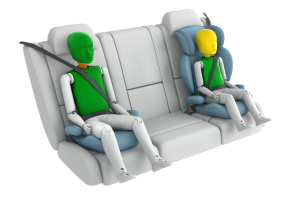
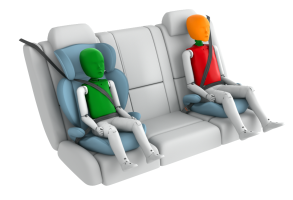
Passenger
outboard
center
Fitted to the vehicle as standard
Not fitted to the test vehicle but available as option
Not Available
-
i-Size CRS
-
ISOFIX CRS
-
Universal Belted CRS
Easy
Difficult
Safety critical
Not allowed
| Seat Position | ||||
|---|---|---|---|---|
| Front | 2nd row | |||
| Passenger | Left | center | Right | |
| Maxi Cosi 2way Pearl & 2wayFix (i-Size) | ||||
| Maxi Cosi 2way Pearl & 2wayFix (i-Size) | ||||
| BeSafe iZi Kid X2 i-Size (i-Size) | ||||
| Britax Römer TriFix2 i-Size (i-Size) | ||||
| BeSafe iZi Flex FIX i-Size (i-Size) | ||||
| BeSafe iZi Combi X4 ISOfix (ISOFIX) | ||||
| Britax Römer KidFix XP (ISOFIX) | ||||
| Maxi Cosi Cabriofix (Belt) | ||||
| Maxi Cosi Cabriofix & EasyBase2 (Belt) | ||||
| Britax Römer King II LS (Belt) | ||||
| Britax Römer KidFix XP (Belt) | ||||
Easy
Difficult
Safety critical
Not allowed
In the frontal offset test, protection of both child dummies was good or adequate for all critical parts of the body except the neck of the 10 year dummy, protection of which was rated as marginal, based on measurements of neck tension. In the side barrier test, protection of the chest of the 10-year dummy was poor and that of the head was marginal, based on high accelerations. The front passenger airbag can be disabled to allow a rearward-facing child restraint to be used in that seating position. Clear information is provided to the driver regarding the status of the airbag and the system was rewarded. With the exception of one universal child restraint in the rear centre seat, all of the restraints for which the i10 is designed could be properly installed and accommodated.
- Good
- Adequate
- Marginal
- Weak
- Poor

Head Impact 13.8 Pts
Pelvis Impact 5.2 Pts
Leg Impact 6.0 Pts
| System Name | Forward Collision Avoidance (FCA) | ||
| Type | Auto-Brake with Forward Collision Warning | ||
| Operational From | 8 km/h | ||
| PERFORMANCE | | |||
--pedestrianCommentEN--
- Good
- Adequate
- Marginal
- Weak
- Poor
| System Name | MSLA (Manual Speed Limit Assist) |
| Speed Limit Information Function | N/A |
| Speed Control Function | Manually set (accurate to 5km/h) |
| Applies To | Front and rear seats | ||
| Warning | Driver Seat | Front Passenger(s) | Rear Passenger(s) |
| Visual | |||
| Audible | |||
| Occupant Detection | |||
|
|||
| System Name | Driver Attention Warning |
| Type | Steering input |
| Operational From | 50 km/h |
| System Name | Lane Keeping Assist (LKA) |
| Type | LKA and ELK |
| Operational From | 60 km/h |
| Performance | |
| Emergency Lane Keeping | |
| Lane Keep Assist | |
| Human Machine Interface | |
| System Name | FCA | |||
| Type | Autonomous emergency braking and forward collision warning | |||
| Operational From | 8 km/h | |||
| Sensor Used | camera | |||
Autonomous emergency braking (AEB) is fitted as standard. The system performed marginally in tests of its detection and reaction to other vehicles. As well as a seatbelt reminder for front and rear seats, the i10 has a driver monitoring system which uses steering inputs to identify whether the driver is alert and focussed on the driving task or is impaired through fatigue or other factors. The system warns the driver if impaired driving is detected. The lane support system gently corrects the steering of the car if it is drifting out of lane and also intervenes much more severely in some critical situations. A driver-set speed limiter is standard equipment.
- Specifications
- Safety Equipment
- Videos
- Rating Validity
Specifications
Tested Model Hyundai i10 1.0 MPI GLS, LHD
Body Type - 5 door hatchback
Year Of Publication 2020
Kerb Weight 993kg
VIN From Which Rating Applies - all i10s
Class City and Supermini
Safety Equipment
Note: Other equipment may be available on the vehicle but was not considered in the test year.
Fitted to the vehicle as standard
Fitted to the vehicle as part of the safety pack
Not fitted to the test vehicle but available as option or as part of the safety pack
Not available
Not applicable
Videos
Rating Validity
Variants of Model Range
| Body Type | Engine | Drivetrain | Rating Applies | |
|---|---|---|---|---|
| LHD | RHD | |||
| 5 door hatchback | 1.0 petrol* | 4 x 2 |  |
 |
| 5 door hatchback | 1.2 petrol | 4 x 2 |  |
 |
* Tested variant





Find more information in the General Comments section of the assessment
 Share
Share
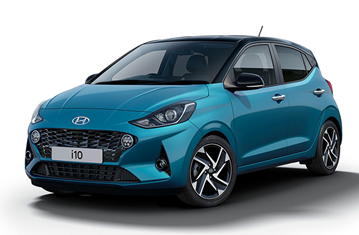










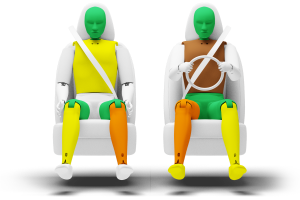
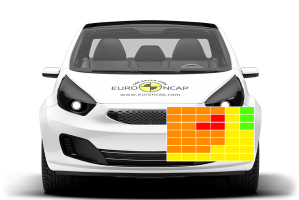
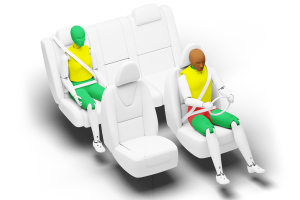


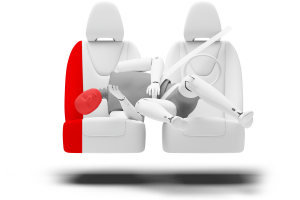
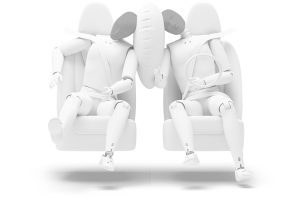
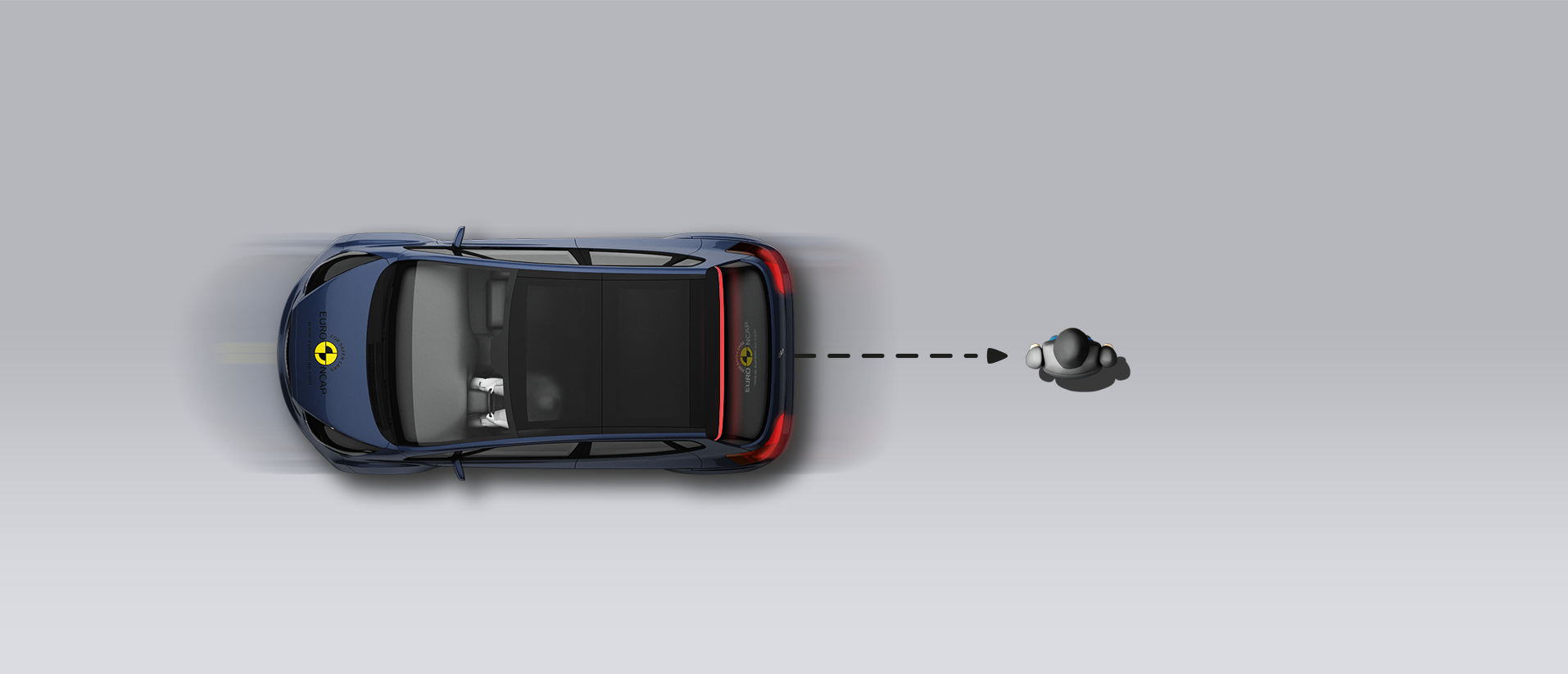
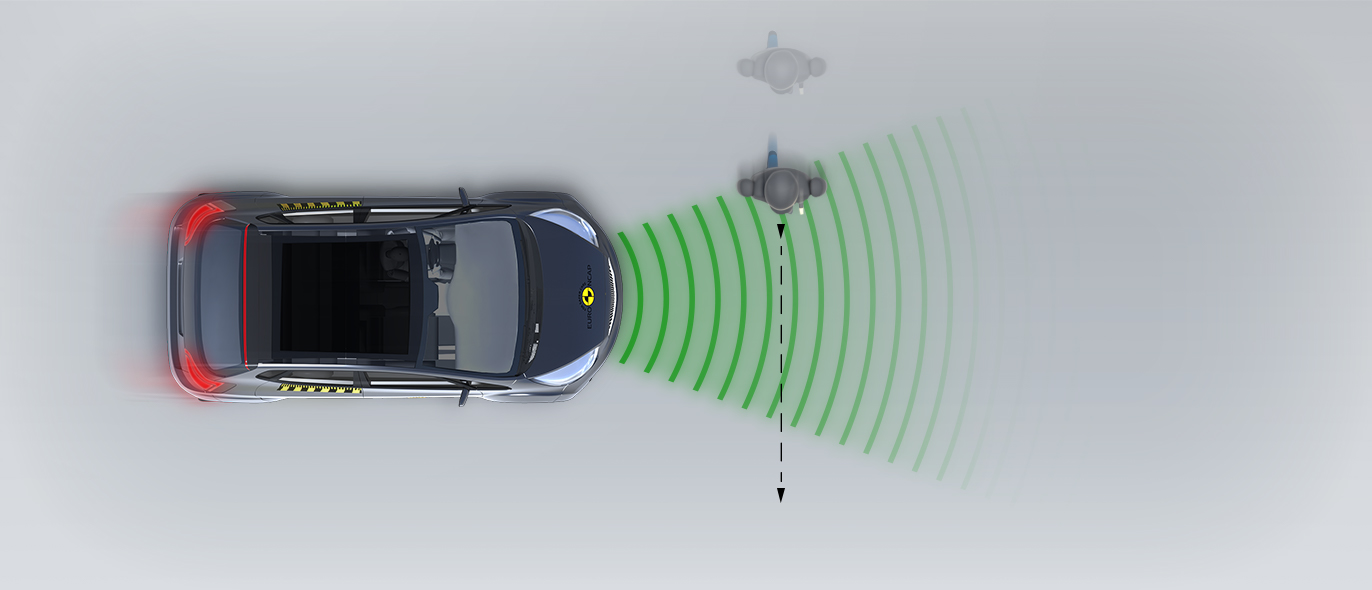
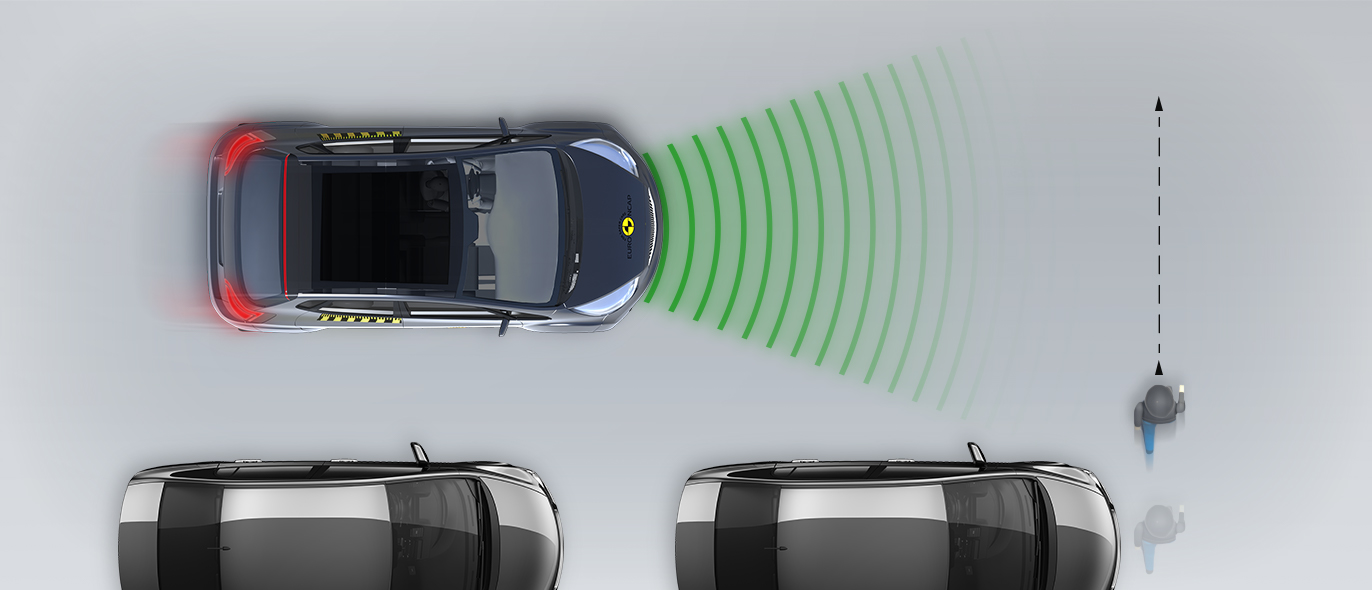
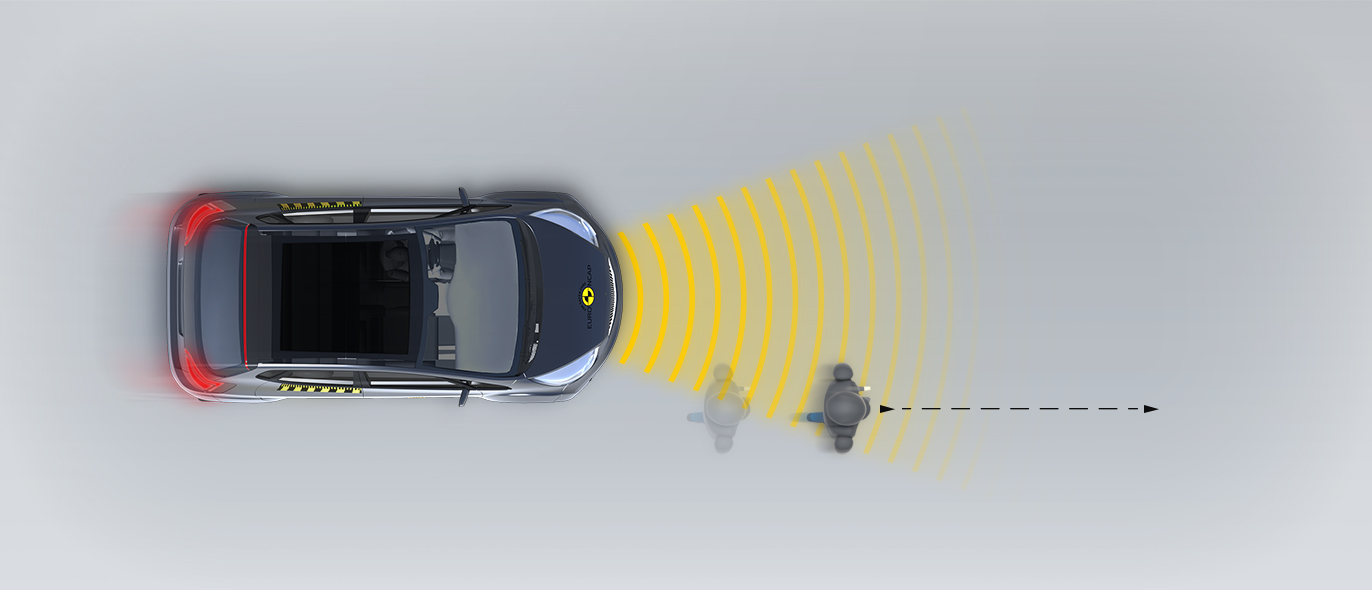
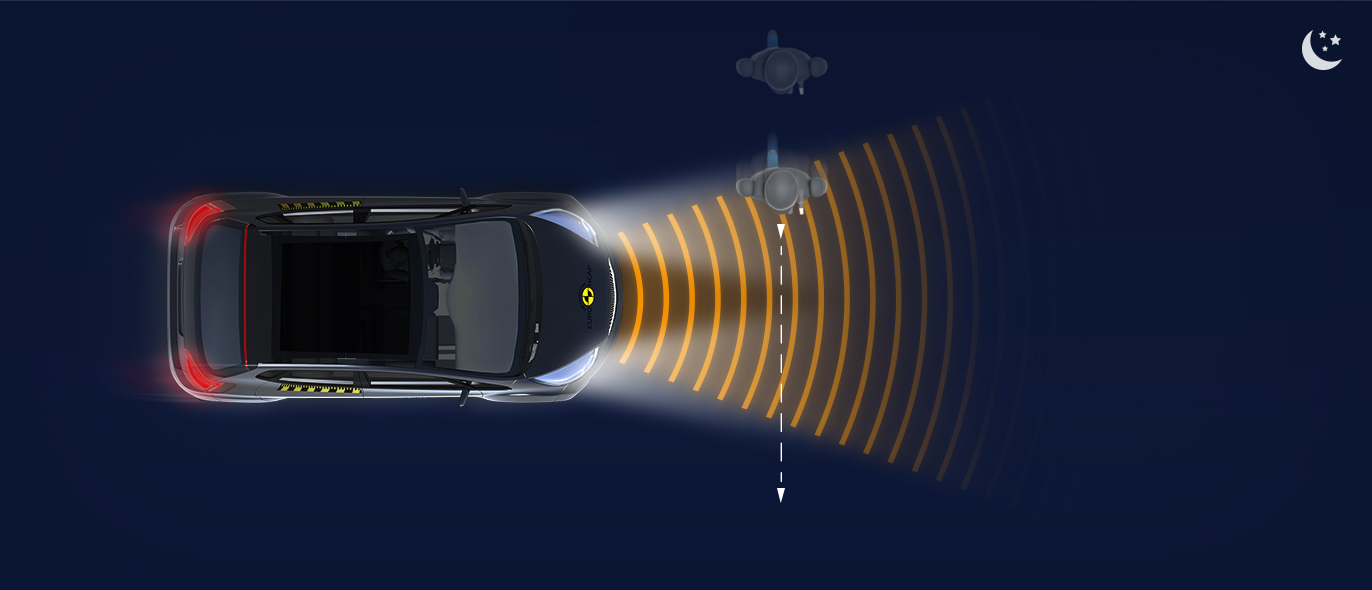

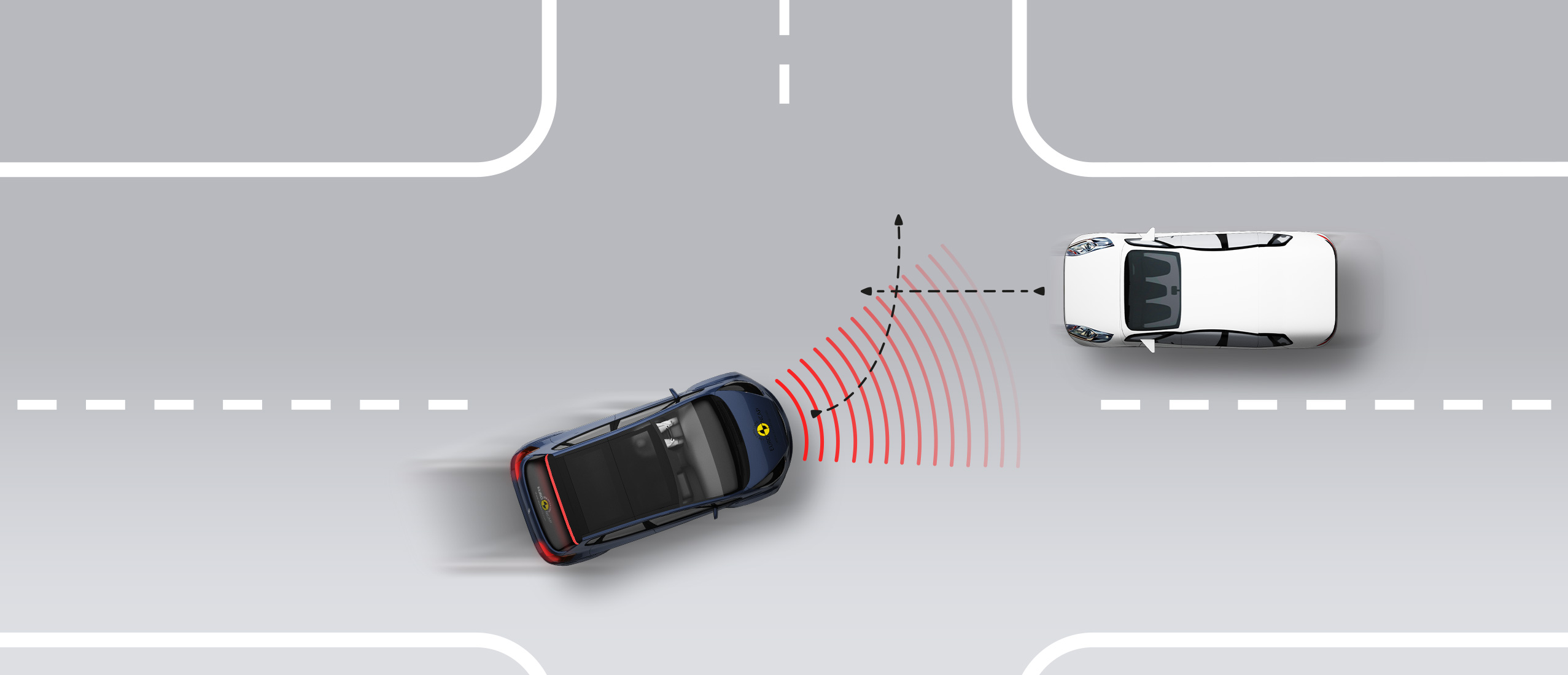
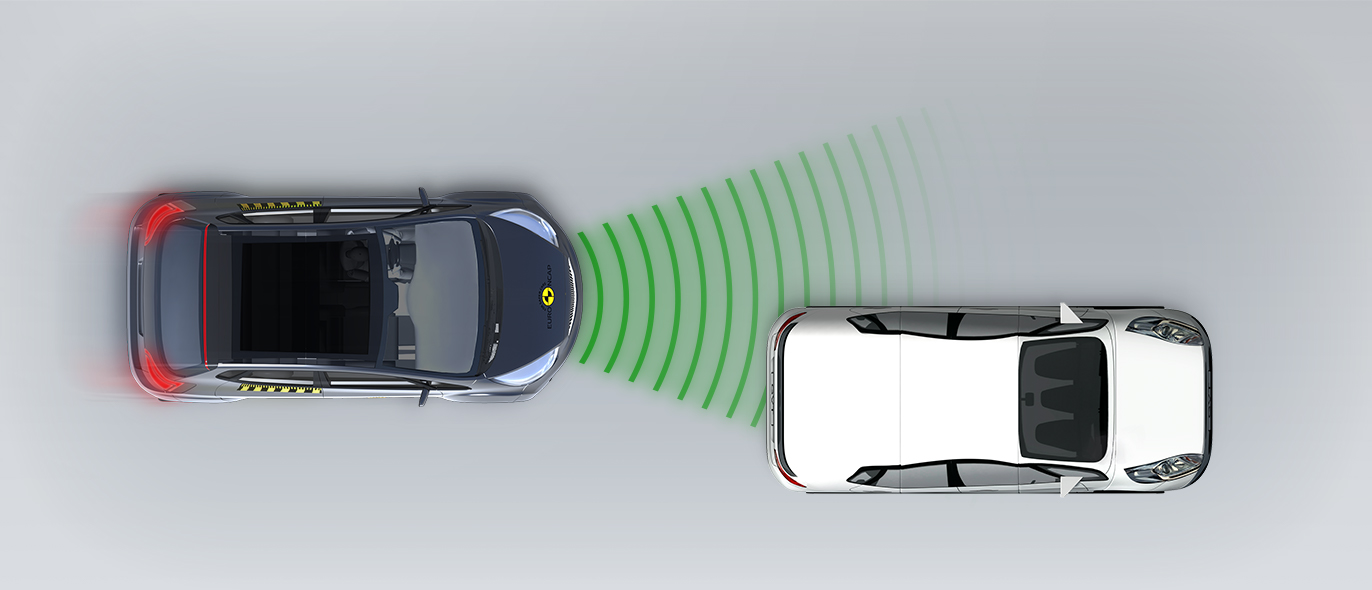
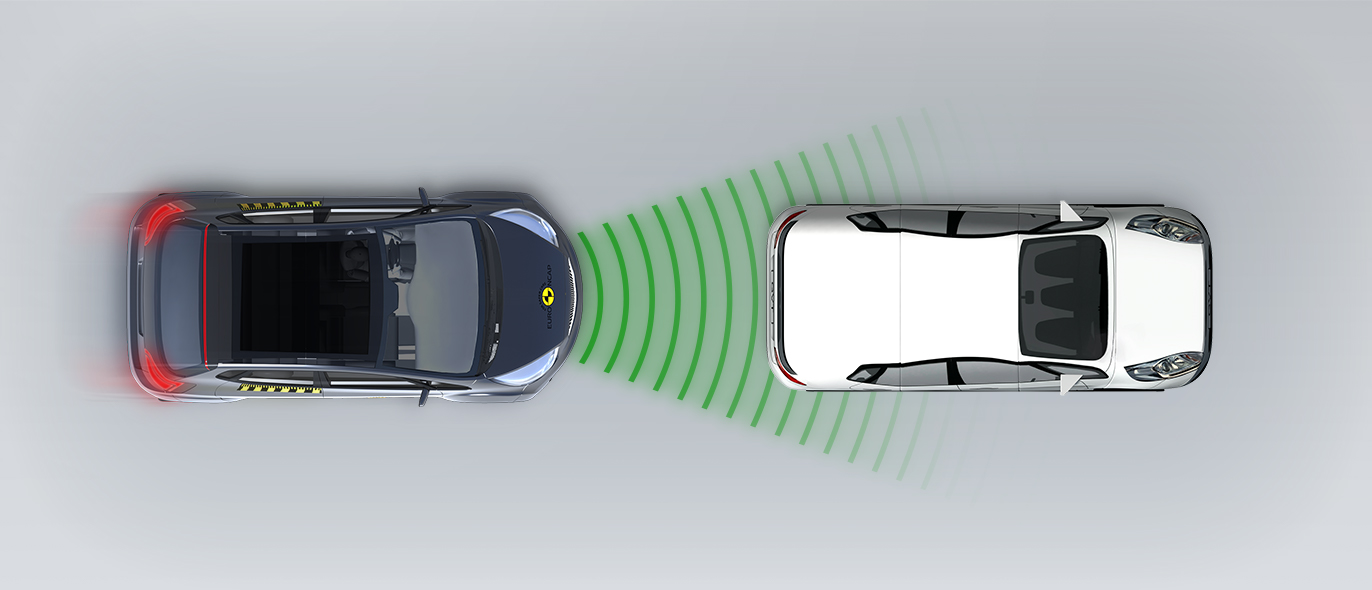
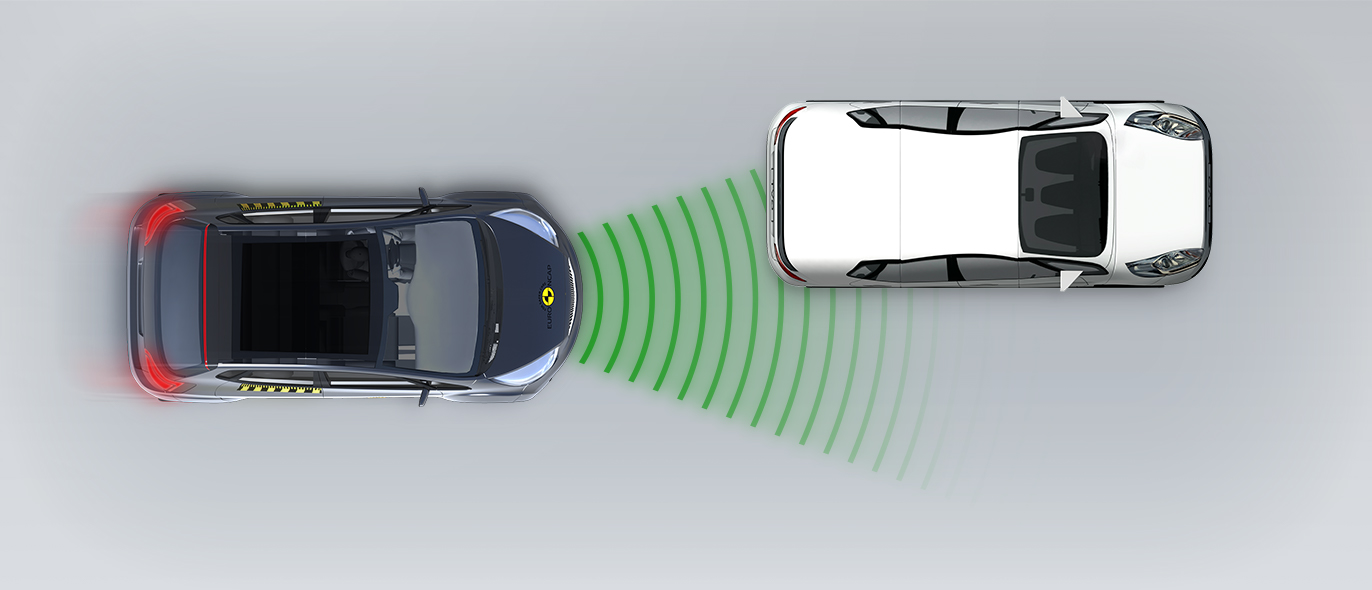
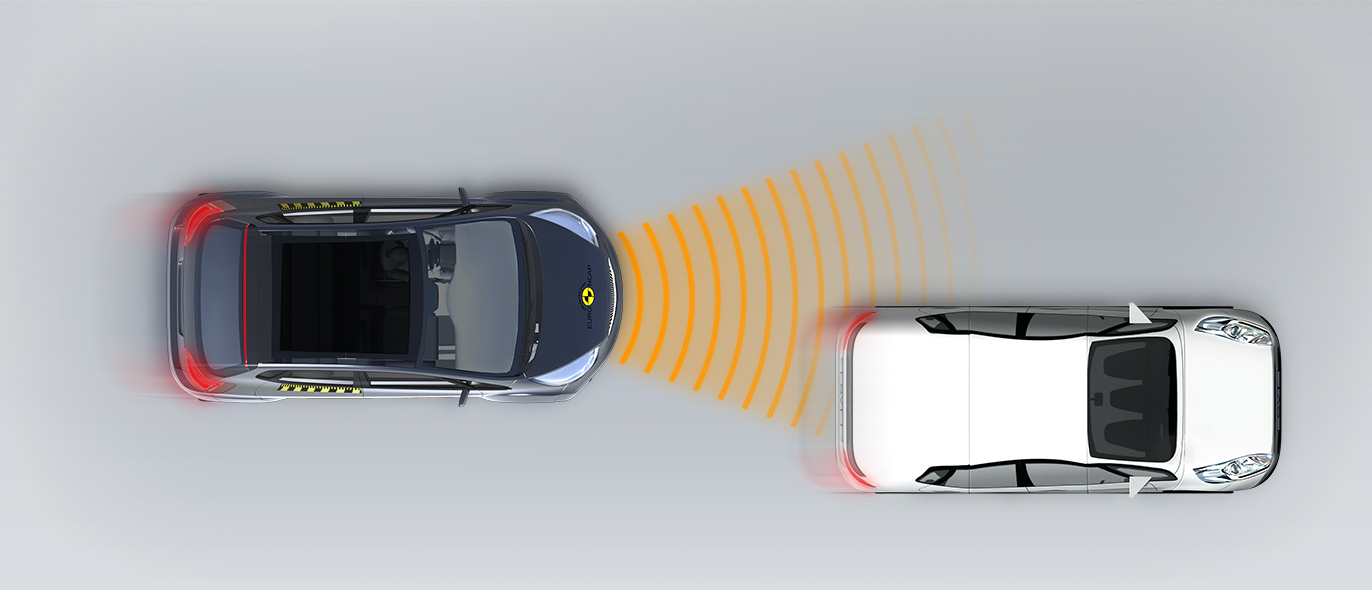
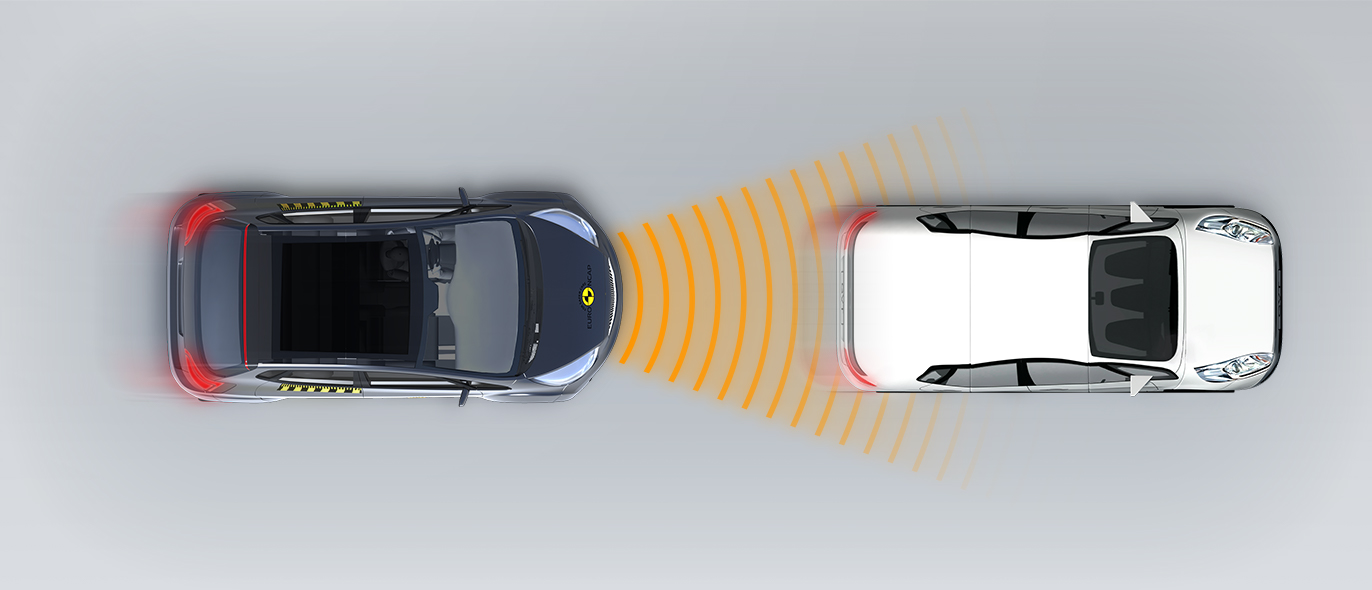
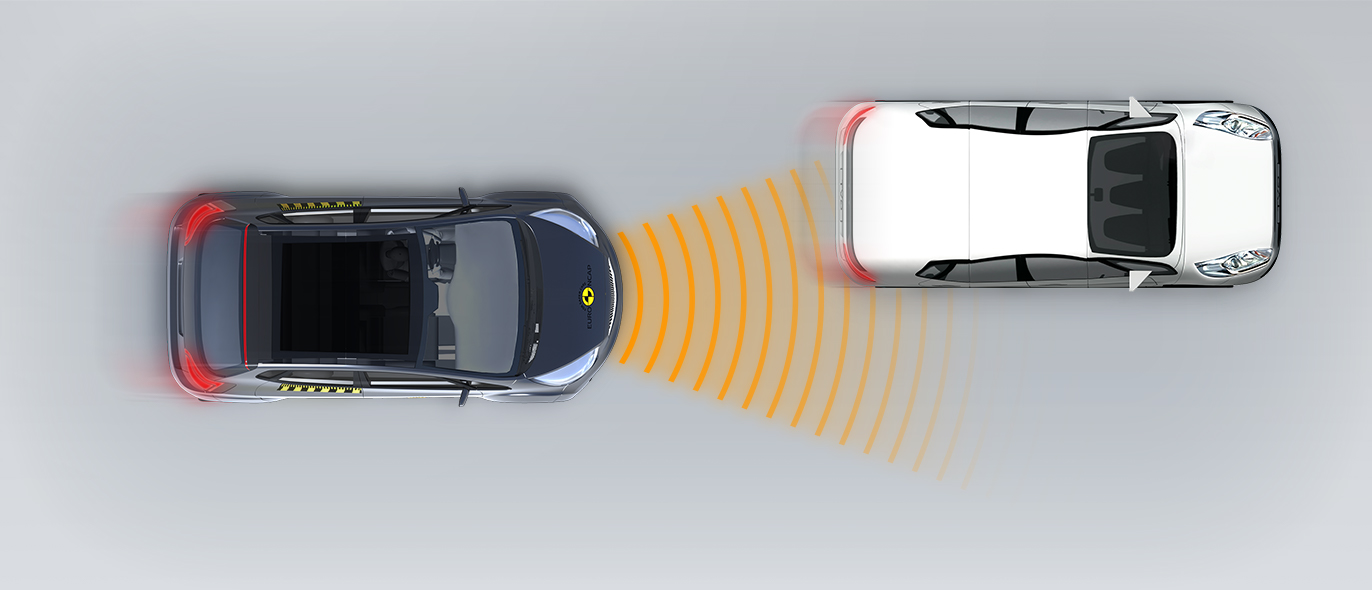
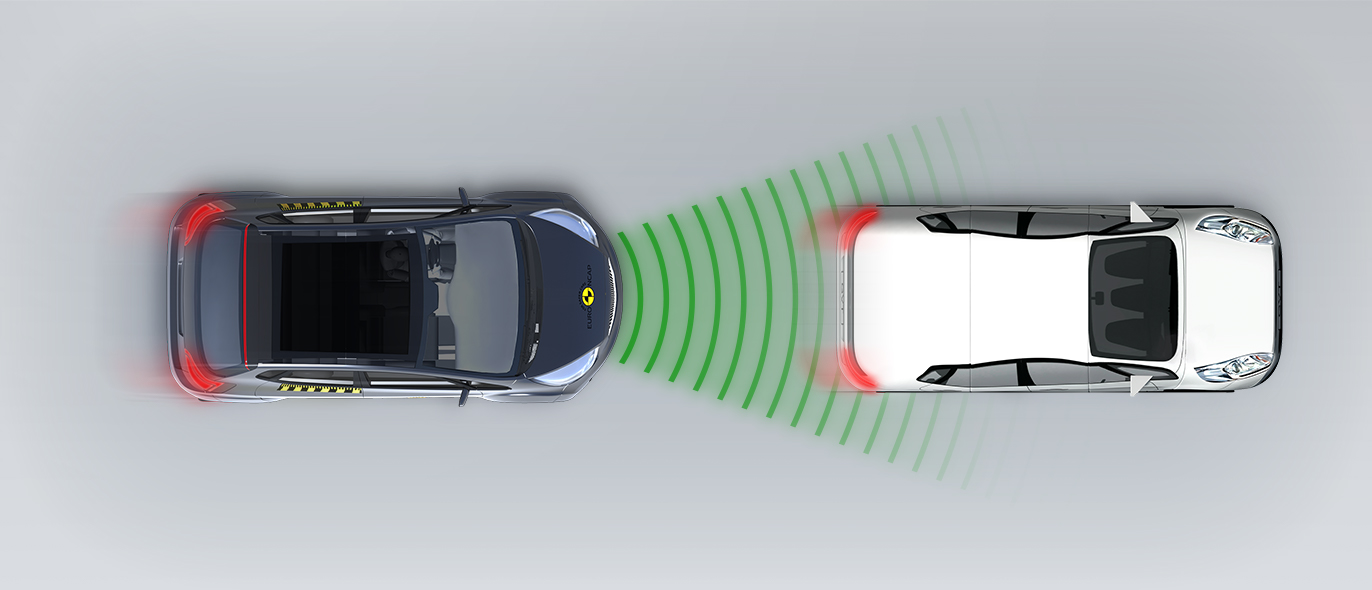
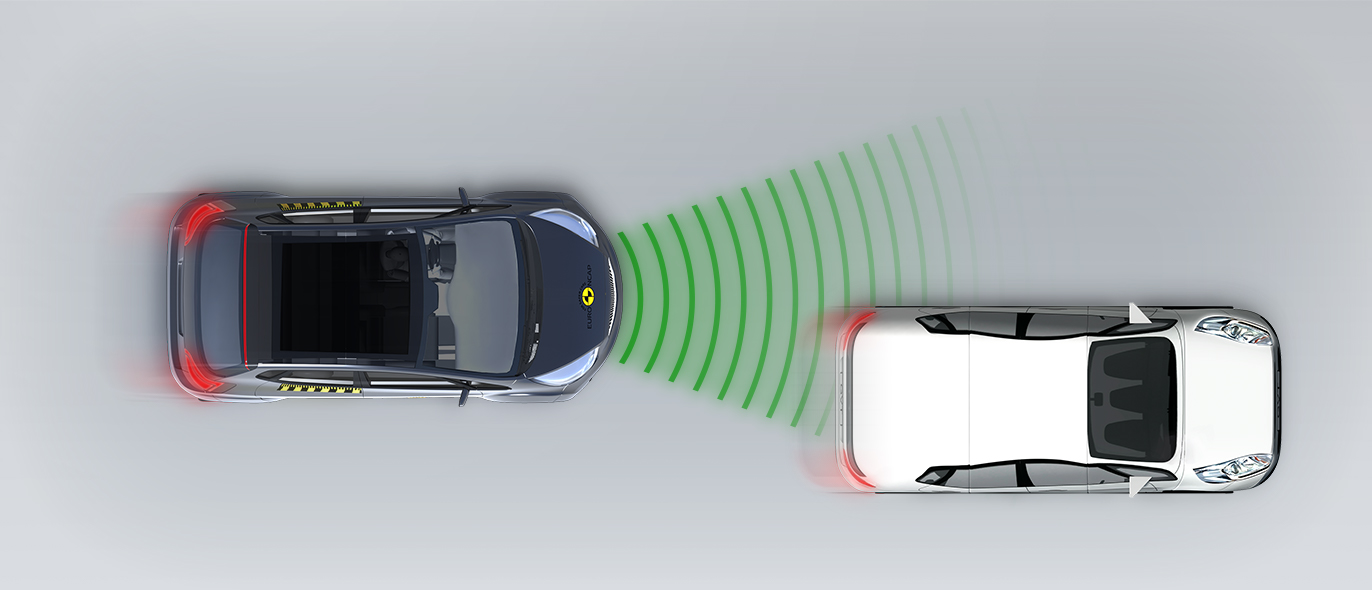

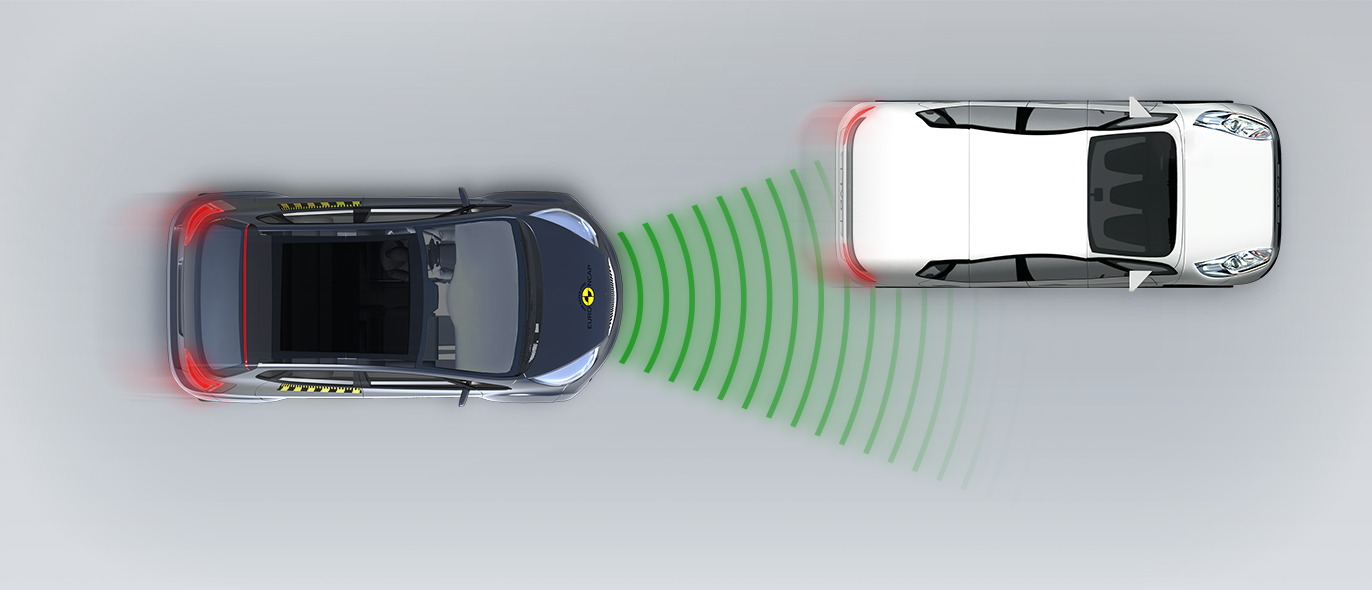

The passenger compartment remained stable in the offset frontal test. Protection of the driver's chest was rated as weak, based on dummy measurements of compression. Dummy readings of the knees and femurs were good but some structures in the dashboard were thought to pose a risk of injury so the score was penalised. The i10's low weight and benign front structure did not pose a high risk to the occupants of a colliding vehicle in a frontal offset impact. In the full-width, rigid wall test, protection was good or adequate for all body critical body regions except for the driver's abdomen. The abdomen slid under the lap section of the seatbelt (a phenomenon known as 'submarining') and protection of that body region was rated as poor. In the side barrier test, representing a collision by another vehicle, protection of all critical body areas was good. Similarly, in the more severe side pole impact, protection was good all-round. In an assessment of protection in far-side impact, dummy excursion (its movement towards the other side of the vehicle) was rated as poor. The i10 is not equipped with centre airbags to protect against occupant-to-occupant interaction in side impacts. Tests on the front seats and head restraints demonstrated good protection against whiplash injury in the event of a rear-end collision. A geometric assessment of the rear seats indicated marginal whiplash protection. The i10 is equipped with an advanced e-Call system which, in the event of an accident, automatically sends a message to the emergency services, giving the car's location.